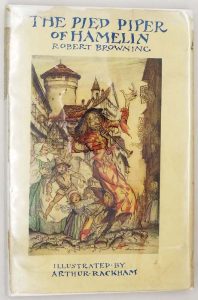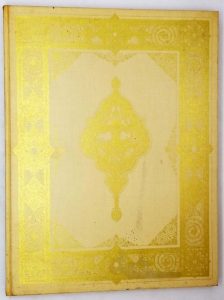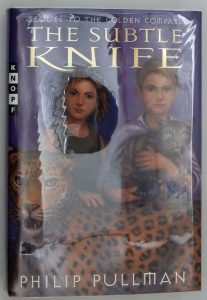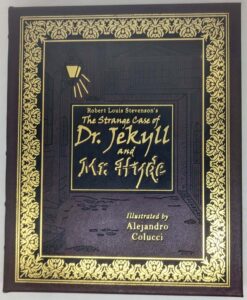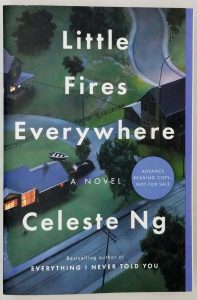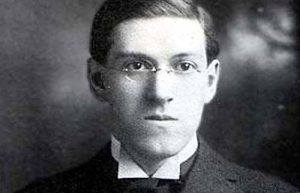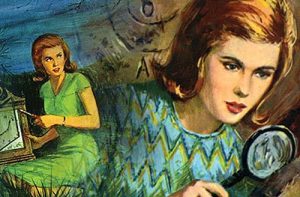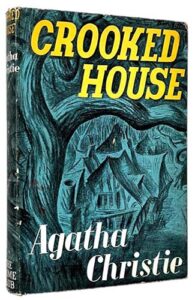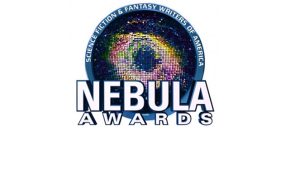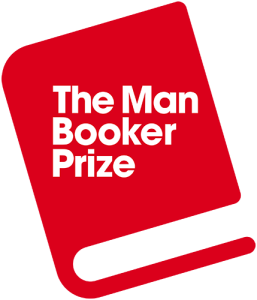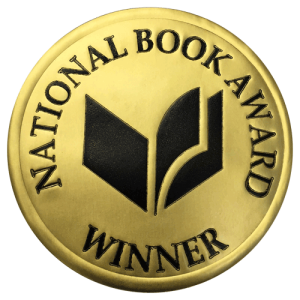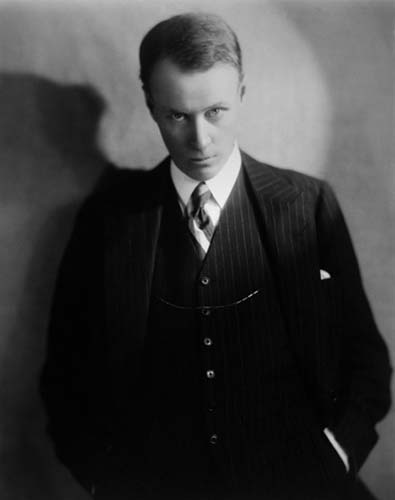
Harry Sinclair Lewis (February 7, 1885 – January 10, 1951) was an American writer and playwright. In 1930, he became the first writer from the United States (and the first from the Americas) to receive the Nobel Prize in Literature, which was awarded “for his vigorous and graphic art of description and his ability to create, with wit and humor, new types of characters.”
He is best known for Main Street (1920), Babbitt (1922), Arrowsmith (1925), and It Can’t Happen Here (1935).
In 1930 Sinclair Lewis won the Nobel Prize in Literature, the first writer from the United States to receive the award. In the Academy’s presentation speech, special attention was paid to Babbitt. In his Nobel Lecture, Lewis praised Theodore Dreiser, Willa Cather, Ernest Hemingway, and other contemporaries, but also lamented that “in America most of us—not readers alone, but even writers—are still afraid of any literature which is not a glorification of everything American, a glorification of our faults as well as our virtues,” and that America is “the most contradictory, the most depressing, the most stirring, of any land in the world today.” He also offered a profound criticism of the American literary establishment: “Our American professors like their literature clear and cold and pure and very dead.”
His works are known for their critical views of American capitalism and materialism in the interwar period. He is also respected for his strong characterizations of modern working women. H. L. Mencken wrote of him, “[If] there was ever a novelist among us with an authentic call to the trade … it is this red-haired tornado from the Minnesota wilds.”
Compared to his contemporaries, Sinclair Lewis’s reputation suffered a precipitous decline among literary scholars throughout the 20th century. Despite his enormous popularity during the 1920s, by the 21st century most of his works had been eclipsed in prominence by other writers with less commercial success during the same time period, such as F. Scott Fitzgerald and Ernest Hemingway.
Sinclair Lewis – First Editions Identification Guide
| Year | Title | Publisher | First edition/printing identification points |
|---|---|---|---|
| 1912 | Hike and the Aeroplane | New York: Frederick A. Stokes & Co., [1912] | First American edition. Grey-beige cloth, black lettering. Pictorial cover in grey, black and orange. Dust jacket: White, pictorial, with five titles ads for the Outdoor Series for Boys on rear panel. 1000 copies printed, |
| 1914 | Our Mr. Wrenn | New York: Harper & Brothers, ]1914] | First American edition. Date code "M - N" stated on © page. Grey cloth, gilt lettering. Gilt heart surrounded by gilt fronds on cover. Dust jacket: light brown, brown lettering, pictorial front panel, Harper's Magazine ads on front flap, The Reader's Duty blurb on rear flap. 3000 copies printed. |
| 1915 | The Trail of the Hawk | New York: Harper & Brothers, [1915] | First American edition. Date code "H - P" stated on © page. Dark blue cloth, gilt lettering. Gilt shield design surrounding title, author’s name and small gilt landscape of trees and clouds. Dust jacket: White, pictorial front panel, Harper's Magazine ads on front flap, The Reader's Duty blurb on rear flap. 6500 copies printed. |
| 1917 | The Job | New York: Harper & Brothers, [1917] | First American edition. Date code "B - R" stated on © page. Dark olive green cloth, gilt lettering. Dust jacket: pale grey, black lettering. 5000 copies printed. |
| 1917 | The Innocents | New York: Harper & Brothers, [1917] | First American edition. Date code "F - R" stated on © page. Grey cloth, gilt lettering. Dust jacket: brown, white, blue and red lettering. 4000 copies printed. |
| 1919 | Free Air | New York: Hartcourt, Brace & Howe, 1919 | First American edition. "Copyright 1919" stated on © page. Blue cloth, sky blue lettering. Dust jacket: cream, pictorial panel, blue lettering. 11,000 copies printed. |
| 1920 | Main Street | New York: Hartcourt, Brace & Howe, 1920 | First American edition. Numeral "4" at page 54 unbroken at tail, the "y" in "may" on p. 387 unbroken at tail. Dark blue cloth. Dust jacket: white, pictorial panel, black lettering, no review blurb. 1000 copies printed. |
| 1922 | Babbitt | New York: Hartcourt, Brace & Howe, 1922 | First American edition. Copyright 1922 with no additional printings. p. 49, line 4 "Supposing Purdy and I...” for "Supposing Lyte and I...” and p.49, line 5 “...to ruin my fellow human...” for "“...to ruin any fellow human...” in subsequent printings. Dark blue cloth. Dust jacket: Light brown, black letttering. 9500 copies printed. |
| 1925 | Arrowsmith | New York: Hartcourt, Brace & Howe, 1925 | First American edition. Two issues, no priority:
|
| 1926 | John Dos Passos' "Manhattan Transfer" | New York: Harper & Brothers, [1926] | First American edition. Grey-green paper covered boards, black cloth spine and comers. Limited edition of 975 numbered copies. |
| 1926 | Mantrap | New York: Hartcourt, Brace & Howe, 1926 | First American edition. Dark blue cloth. Dust jacket: Pale yellow, black lettering. 25,550 copies printed. |
| 1928 | The Man Who Knew Coolidge | New York: Hartcourt, Brace & Howe, 1928 | First American edition. Copyright 1928 with no additional printings.Dark blue cloth. Dust jacket: pale yellow, black lettering. 30,000 copies printed. |
| 1929 | Dodsworth | New York: Hartcourt, Brace & Howe, 1928 | First American edition. "Published, March 1929" stated on © page with no numeral (eg. "2") after. Dark blue cloth. Dust jacket: pink, black lettering. 50,000 copies printed. |
| 1933 | Ann Vickers | New York:Doubleday, Doran & Co, 1933 | First American edition. "First edition" stated on © page. Limited edition of 2350 unumbered copies as so stated on the front flap of Dust jacket. Medium blue cloth. Dust jacket: white, blue lettering. |
| 1934 | Work of Art | New York:Doubleday, Doran & Co, 1934 | First American edition. "First edition" stated on © page. Medium blue cloth. Dust jacket: pictorial, white lettering. |
| 1935 | It Can't Happen Here | New York:Doubleday, Doran & Co, 1935 | First American edition. "First edition" stated on © page. Black cloth. Dust jacket: white, black lettering. 20,000 copies printed. |
| 1938 | The Prodigal Parents | New York:Doubleday, Doran & Co, 1938 | First American edition. "First edition" stated on © page. Red cloth covered boards. Dust jacket: black panel, white lettering. 50,000 copies printed. |
| 1940 | Bethel Merriday | New York:Doubleday, Doran & Co, 1940 | First American edition. "First edition" stated on © page. Red cloth. Dust jacket: blue panel, red lettering. 33,250 copies printed. |
| 1943 | Gideon Planish | Randoim House 1943 | First American edition. "First printing" stated on © page. Beige linen. Dust jacket: dark grey panel, white/black lettering. 50,000 copies printed. |
| 1945 | Cass Timberlane | Randoim House 1945 | First American edition. "First printing" stated on © page. Grey cloth. Dust jacket: Three states, priority as listed:
|
| 1947 | Kingsblood Royal | Randoim House 1947 | First American edition. "First printing" stated on © page. Two editions, no priority:
|
| 1949 | The God-Seeker | Randoim House 1949 | First American edition. "First printing" stated on © page. Medium blue cloth. Dust jacket: black pictorial, yellow/write lettering. 30,450 copies printed. |
| 1927 | Elmer Gantry | New York: Hartcourt, Brace & Howe, 1927 | First American edition. Spine lettering reads: “Elmer Cantry,” corrected in subsequent printings. Dark blue cloth. Dust jacket: cream white, black lettering. 18.650 copies printed. |
Sinclair Lewis – First Printing Dust Jackets Identification Guide
Gallery of First state Dust Jackets of Lewis’s works. Only includes the first appearance in book form. Either the UK or US edition and does not include later printings.
Reference:
- Wikipedia
- Sinclair Lewis: A Descriptive Bibliography by Stephen R. Pastore, 1997
